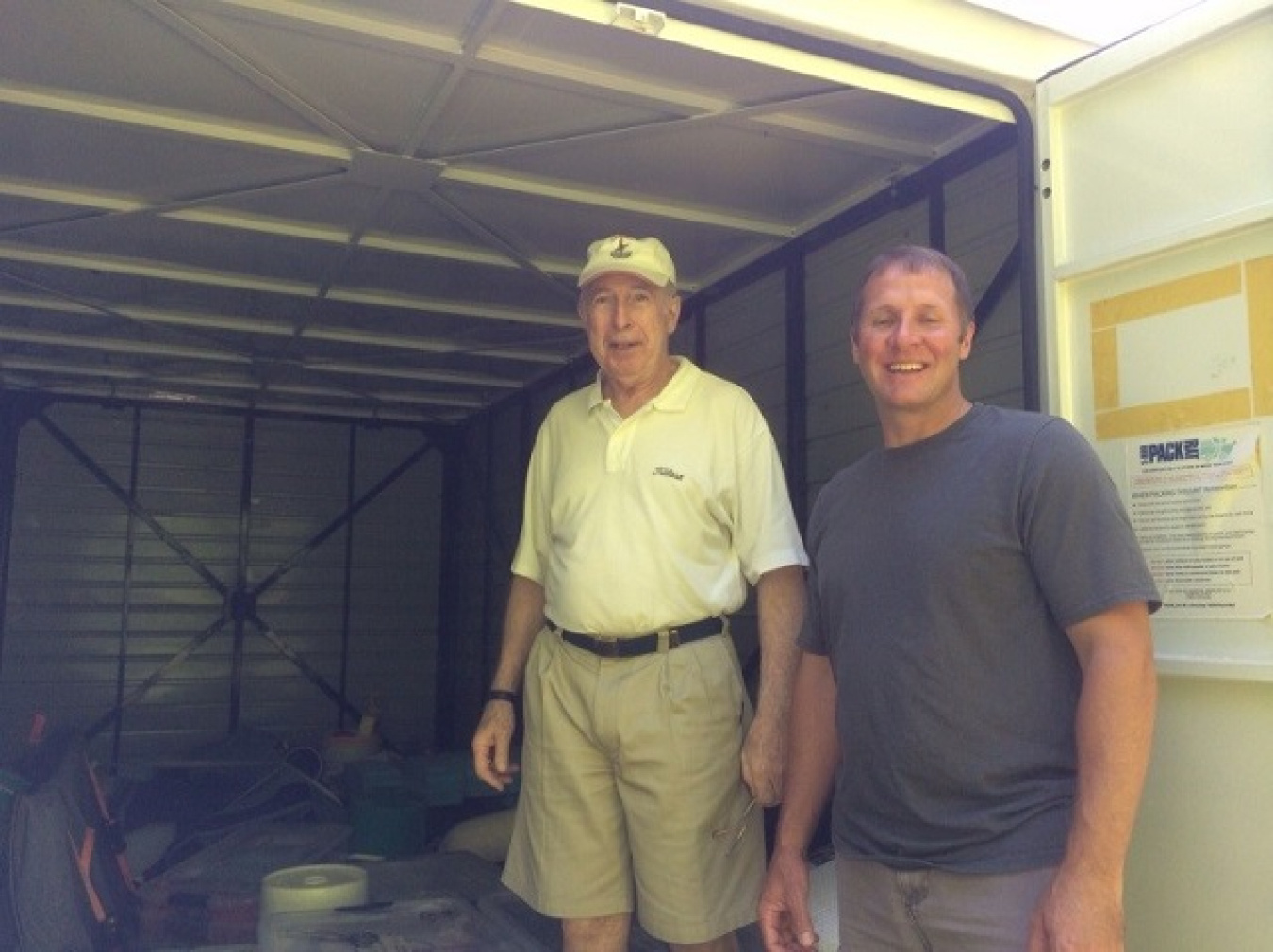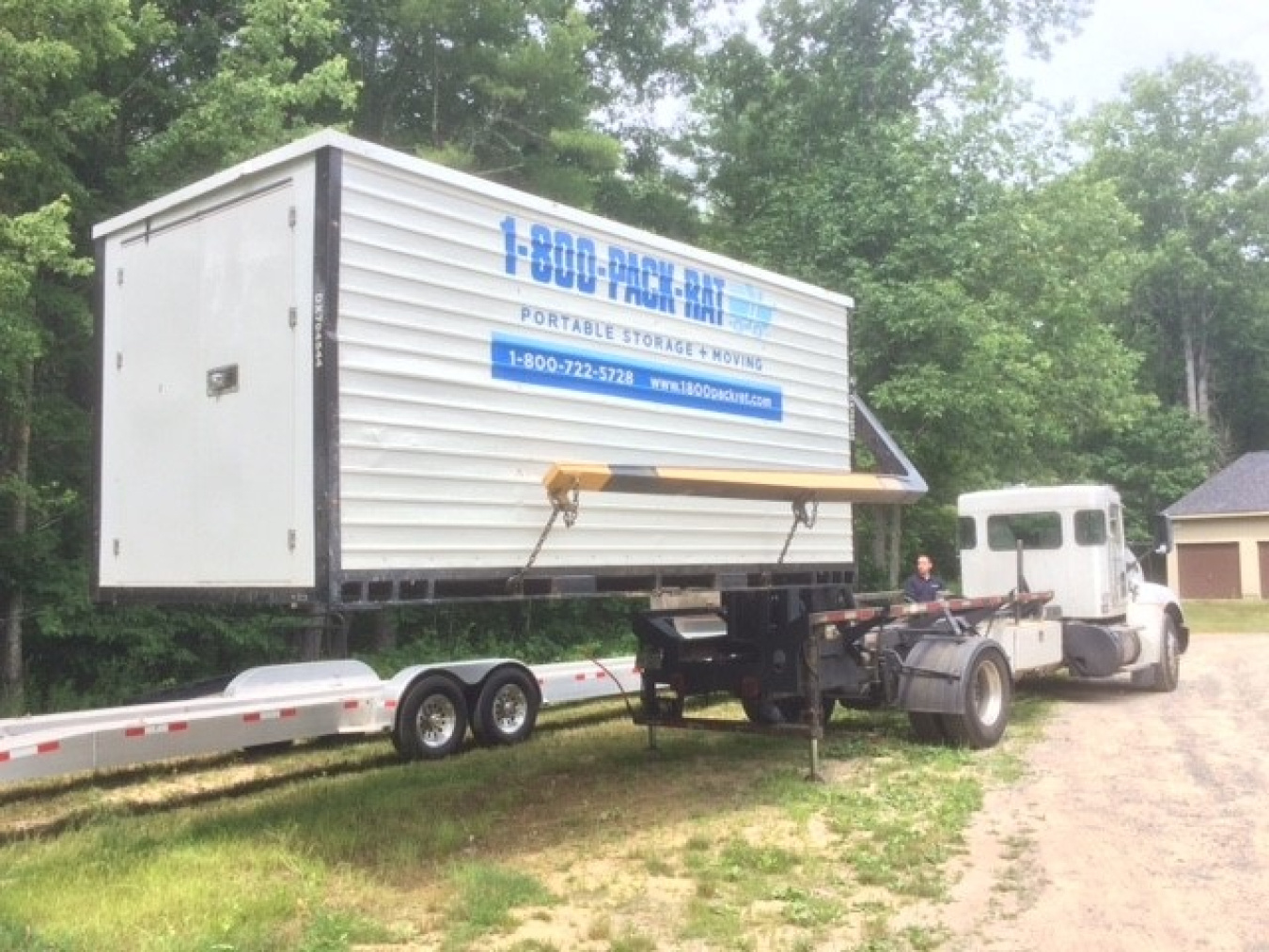Team activities have quieted down since we shipped our Pack-Rat on July 18 (photo of RTI principals John Rohrer and Sean Lewis with loaded container)
Water Power Technologies Office
August 18, 2016Team activities have quieted down since we shipped our Pack-Rat on July 18 (photo of RTI principals John Rohrer and Sean Lewis with loaded container), and then finalized our Carderock Test Plan and Technical Submissions at month’s end. Rooms are booked for team members (Dr, Nathan Weise, Diane Liskey, and Michael Macnicoll) who will be joining Sean Lewis and me for Carderock testing. The team is enjoying some well-earned summer vacation which is especially enjoyable here along the southern Maine coast. Because of the time lapse between our pre-testing at the U. of Maine W2 facility and our team’s late September Carderock test date, we are preparing an F2 QD assembly and operating guide.
This will also be useful for future planned wave tank and open water tests of our 1/20 scale RTI F2 “QD”. The compressed Wave Energy Prize 1/20 scale schedule did not provide the opportunity to fully utilize our numerical model and maximize our wave energy capture efficiency with tank testing (and reduce F2
CAPEX) using the many adjustable features built into our 1/20 F2 QD model (including drive arm length and orientation, float mass, drag plate depth and surface area, frame submerged depth and seawater ballasting) under multiple random sea conditions. Utilization of composite float or frame components or a reinforced concrete drag plate may lower CAPEX even further.
One of the most powerful but as yet underutilized features of our RTI F2 QD 1/20 model is the programmable torque controlled motor-generator PTO system developed by our RTI Wave Power Team Marquette University power electronics members (Dr. Nathan Weise, Ramin Katebi, and Drew Maatman). This system allows us to find and program the optimum resistive force applied by our F2 QD float against each wave as it progresses through each individual wave cycle (allowing for example various latching strategies in wave troughs and declutching on wave crests). In future testing it will also allow wave-to-wave adaptive PTO torque control based on the sensed period and amplitude of each oncoming wave.



